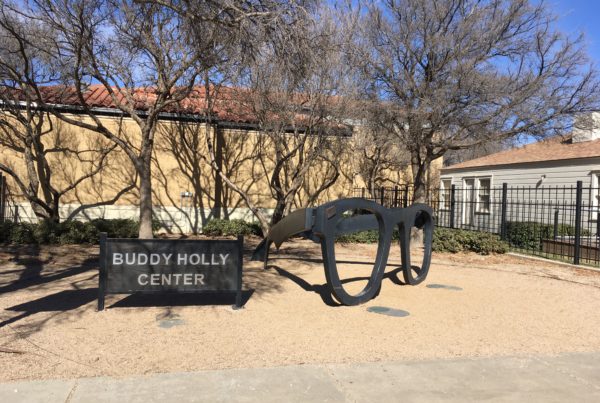On a day like today, 170 years ago, a territorial dispute over Texas came to an end. The Mexican-American War was over and the two nations signed the Guadalupe Hidalgo treaty.
It’s a day Hispanic communities in the U.S. celebrate as a part of their heritage – Segundo de Febrero. But Elizabeth Garner Masarik with the Dig History podcast – a show with female historians – says the Mexican-American War and the treaty that ended it unleashed a dilemma that still resonates today. Who is an “American” and how does race play a role?
Garner Masarik says most Americans recall from history class that the Louisiana Purchase increased the size of the United States by a lot. But she says that the end of the Mexican-American War and the Treaty of Guadalupe Hidalgo in the 1840s brought twice as much land to the U.S.
In 1790, the Naturalization Act established who could become a U.S. citizen. “Only white men of good standing,” Garner Masarik says, “could become U.S. citizens.”
With the massive amount of land the Guadalupe Hidalgo treaty added to the U.S. came the people who lived there – Mexican people.
“They have this quandary of what are we going to do with essentially all of these brown people,” Garner Masarik says. “So through this treaty, Mexican people become, in the eyes of the law, white.” But Garner Masarik says that socially the new citizens were not viewed as white.
In the 1920s, when the U.S began enforcing restrictions on immigration from Mexico, U.S. citizens who looked like the people that were coming across the border faced suspicion and discrimination.
“Fast forward to today – you hear this kind of rhetoric about illegal immigrants or assimilation. But when you really look at the history, those tensions are really not new.”
Written by Shelly Brisbin.
















